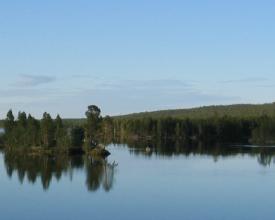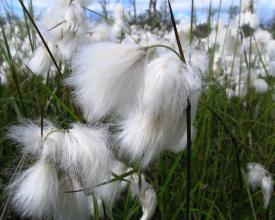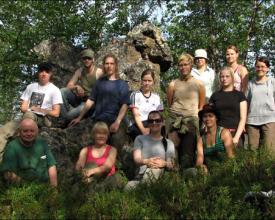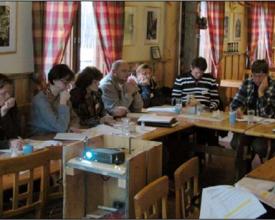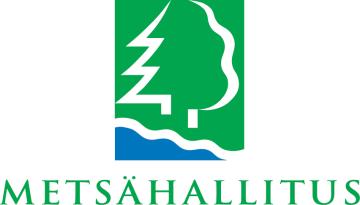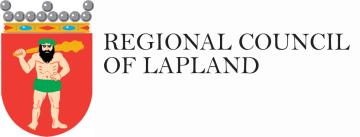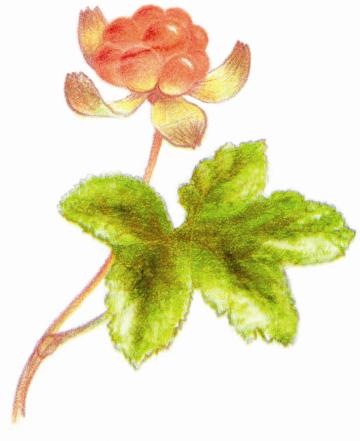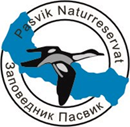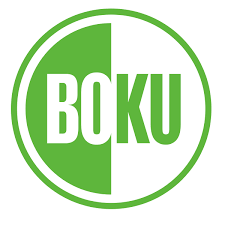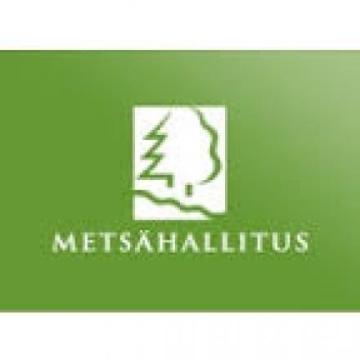
Promotion of transboundary nature protection and sustainable nature tourism
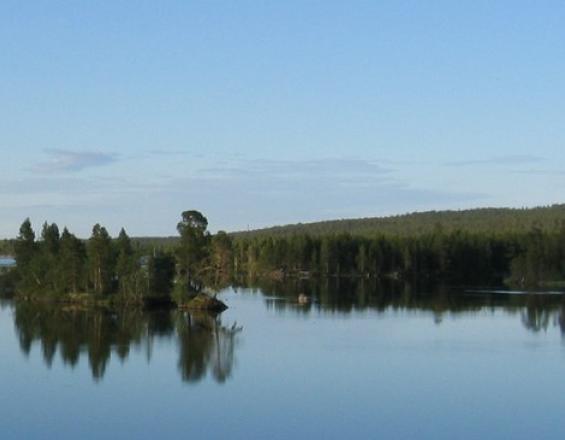
The project was carried out from 2006-2008 in the transboundary protected area called Pasvik-Inari Trilateral Park (Finland, Norway, Russia) that focused on promoting nature protection and sustainable nature tourism in the area by developing: 1) joint methods for nature monitoring; 2) joint guidelines for sustainable nature tourism; 3) joint action plan; and 4) EUROPARC transboundary park certification.
Context
Challenges addressed
Location
Process
Summary of the process
Building Blocks
Joint nature-focused research and monitoring
Enabling factors
Lesson learned
Establishing transboundary guidelines for sustainable nature tourism
Enabling factors
Lesson learned
Transboundary action plan for nature protection & sustainable tourism
Enabling factors
Lesson learned
Certification as a transboundary protected area
Enabling factors
Lesson learned
Impacts
Joint brown bear monitoring became a success story. The monitoring results are needed for managing the bear population, and results are of interest to local people. Information about monitoring of waterfowl and results were shared between three countries– even though the method was not harmonised in three countries. There were recreational and health benefits to local people and visitors through new hiking trails, and increased knowledge through educational and information materials. Effort was made to serve the local people well: information was provided in national languages and in English, and materials were produced especially for school children. The established nature tourism working group increased information exchange and networking among tourism entrepreneurs. Dissemination of information was built in all the activities in the project. There was increased knowledge about international cooperation in nature conservation and nature-based tourism among the target groups. During the implementation of the project, ideas for addressing both cultural and natural heritage together. Later, a project called ABCGheritage – Arctic Biological, Cultural and Geological heritage was implemented in years 2012‒2015.
